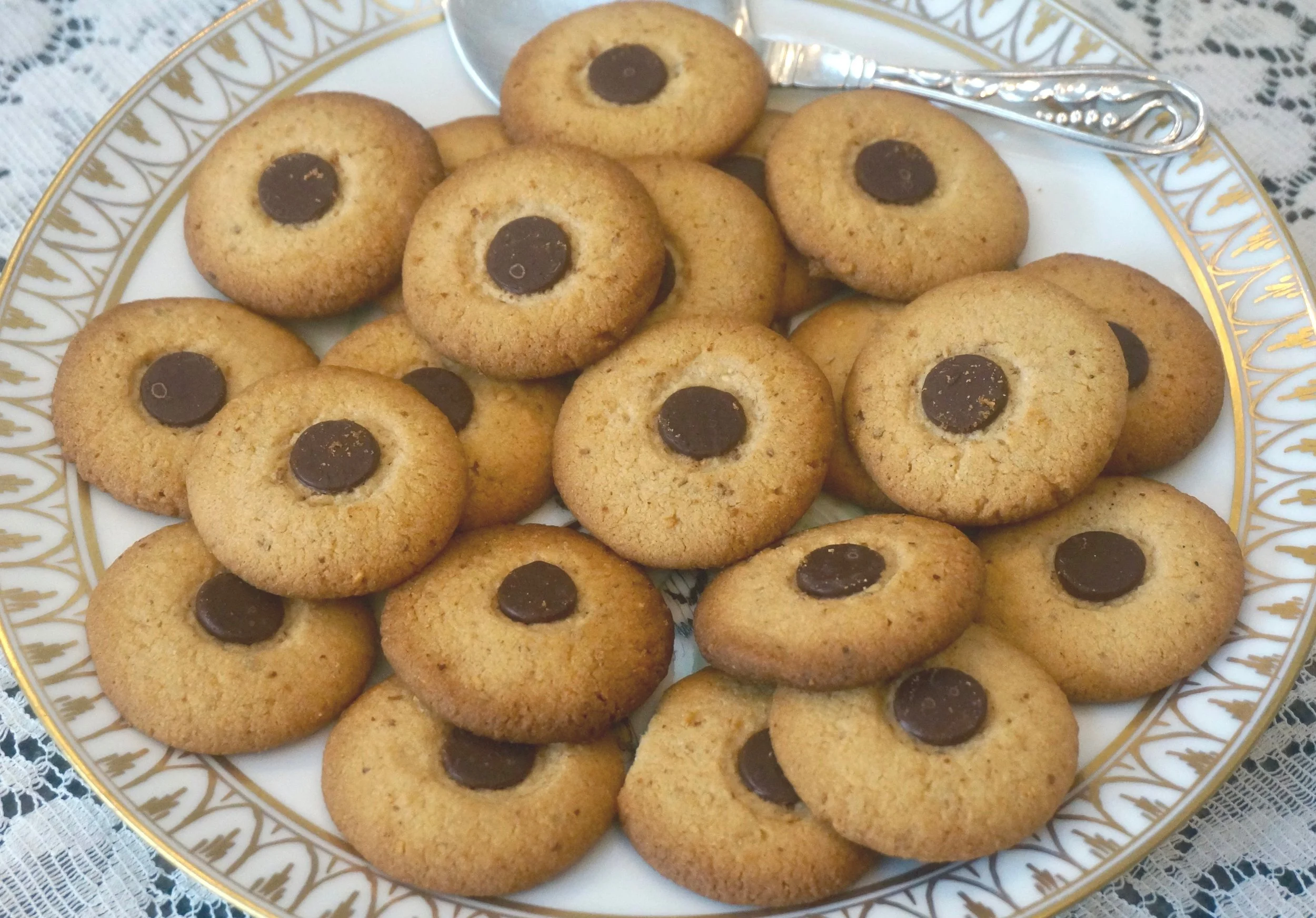Somehow Labor Day is over and the food thoughts in my head go straight from tomato salad and grilled chicken to pumpkin soup and baked apples.
Of course there's still time to enjoy the last of the summer fruits and vegetables, still time for outdoor-cooked grilled, marinated steak.
But I'm thinking forward. It's almost a new season and -- yikes! -- the High Holiday season is only two weeks away.
Which leads toady's food thoughts to: carrots, because carrots are traditional during Rosh Hashanah. I usually cook them in soup -- one version or another. But last year I decided to experiment with a few recipes for carrot quick bread.
This is the one we like best. It's moist and sweet, so it can be dessert, and because it is parve, it is a good choice after a traditional holiday meat meal.
But also makes a good snack either by itself or smeared with cream cheese (softened is best and maybe even mixed with some lemon juice).
CARROT BREAD(P)
- 1-1/2 cups all-purpose flour
- 2-1/2 teaspoons baking powder
- 1 teaspoon salt
- 1 teaspoon cinnamon
- 1/2 teaspoon nutmeg
- 1/2 cup brown sugar
- 1/3 cup white sugar
- 1 cup vegetable oil
- 3 large eggs
- 1 tablespoon lemon juice
- 1-1/2 teaspoons grated lemon peel
- 1-1/2 cups grated carrots
- 1/2 cup golden raisins
Preheat the oven to 350 degrees. Grease an 8-1/2”x4-1/2” loaf pan. Mix the flour, baking powder, salt, cinnamon and nutmeg into a bowl. Set aside. Beat the brown sugar, white sugar and vegetable oil in the bowl of an electric mixer set at medium speed for 2-3 minutes, or until well blended. Add the eggs, one at a time, beating after each addition. Stir in the lemon juice and peel. Add the dry ingredients and blend them into the egg mixture. Fold in the carrots and raisins. Pour the batter into the loaf pan. Bake for about 50 minutes or until a cake tester inserted into the center comes out clean. Let cool in the pan for 10 minutes, then invert onto a rack to cool completely.
Makes one loaf












